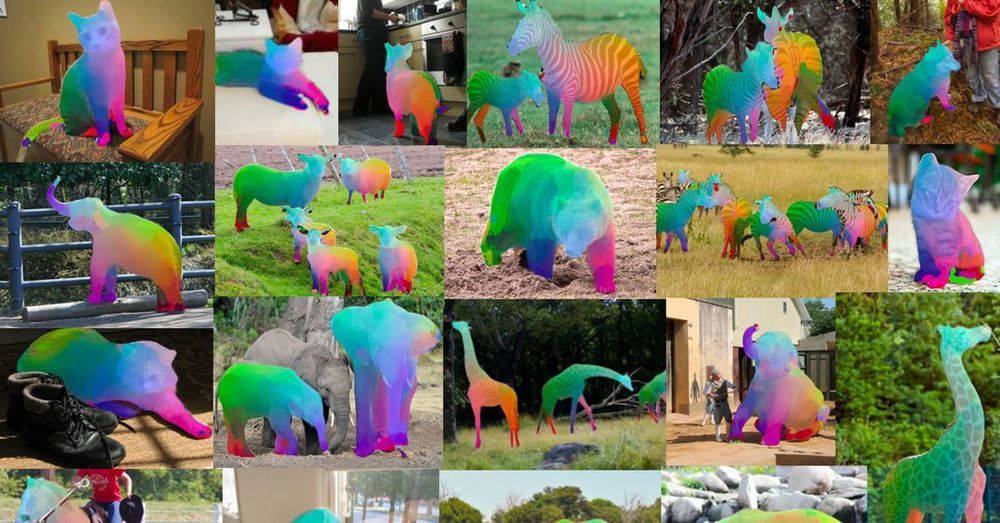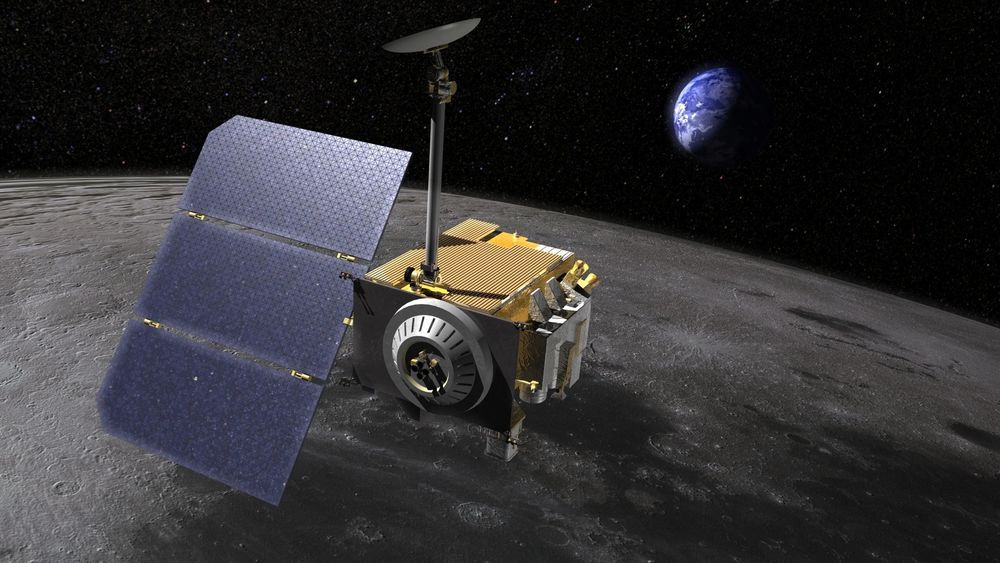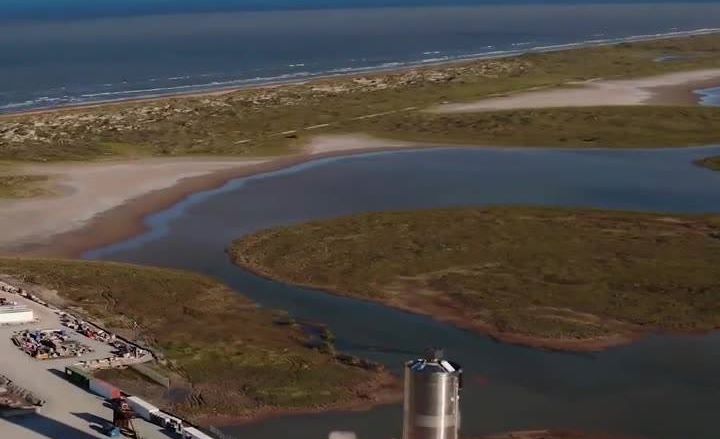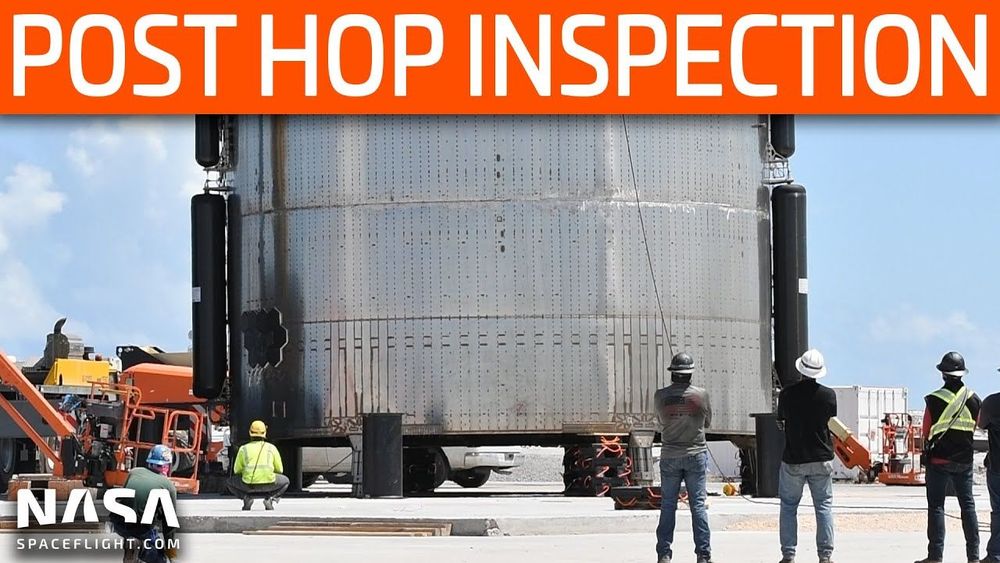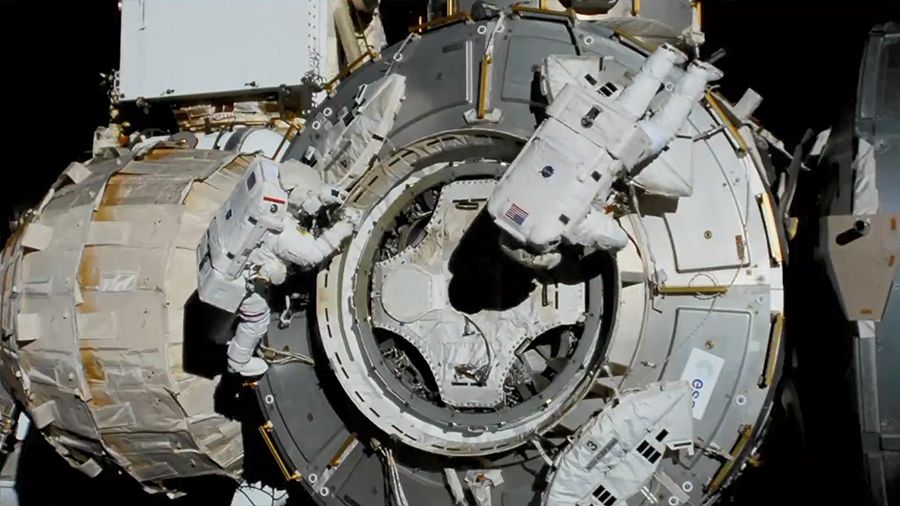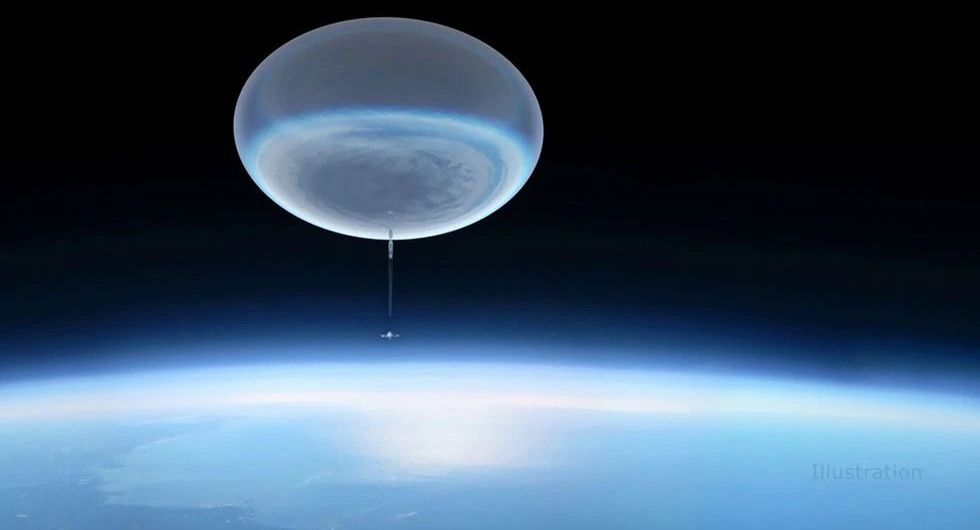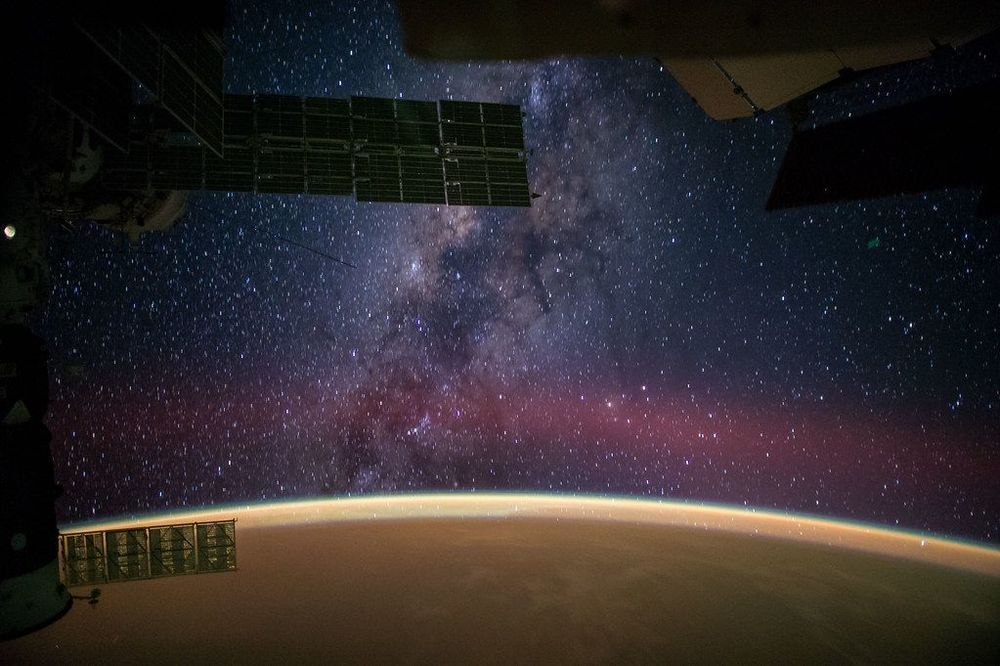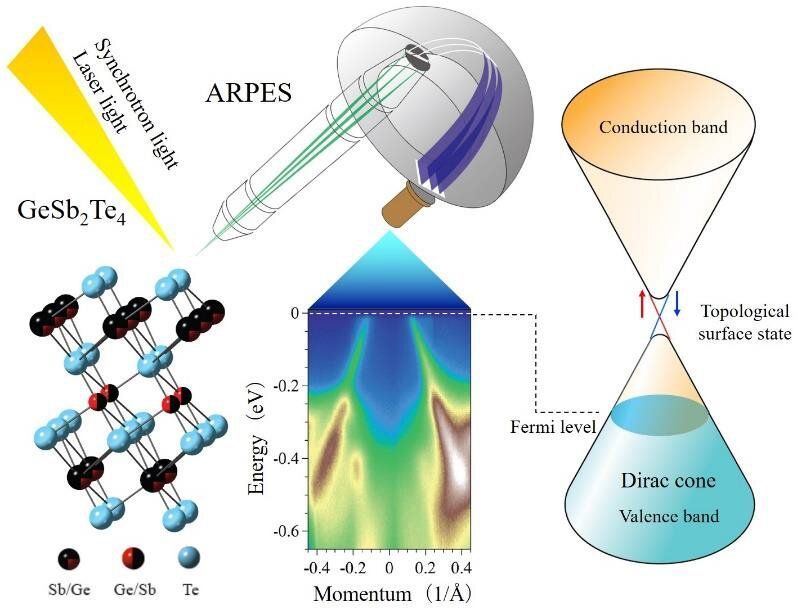Facebook is using cutting-edge artificial intelligence to extract valuable data from images. The company showed Digital Trends some of its ongoing work.
Dozens of times over the last decade NASA scientists have launched laser beams at a reflector the size of a paperback novel about 240,000 miles (385,000 kilometers) away from Earth. They announced today, in collaboration with their French colleagues, that they received signal back for the first time, an encouraging result that could enhance laser experiments used to study the physics of the universe.
The reflector NASA scientists aimed for is mounted on the Lunar Reconnaissance Orbiter (LRO), a spacecraft that has been studying the moon from its orbit since 2009. One reason engineers placed the reflector on LRO was so it could serve as a pristine target to help test the reflecting power of panels left on the moon’s surface about 50 years ago. These older reflectors are returning a weak signal, which is making it harder to use them for science.
Scientists have been using reflectors on the moon since the Apollo era to learn more about our nearest neighbor. It’s a fairly straightforward experiment: Aim a beam of light at the reflector and clock the amount of time it takes for the light to come back. Decades of making this one measurement has led to major discoveries.
The footage of the tiny tiny landing legs deploying is particularly fantastic. Credit: SpaceX
A full video showing how the SpaceX teams took care of Starship SN5 following her hop on to the landing pad. This is the first time — for Starship — that there’s been a post-flight processing flow.
Video and Pictures from Mary (@BocaChicaGal). Edited by Jack Beyer (@TheJackBeyer).
Click “Join” for access to early fast turnaround clips, exclusive discord access with the NSF team, etc — to support the channel.
Updates: https://forum.nasaspaceflight.com/index.php?topic=51332.
MicroStrategy confirms it has made Bitcoin its primary treasury reserve asset as institutional uptake takes a dramatic bullish step forward.
Listen to article.
In Elon we trust the planet earth!
Tesla studies the possibility of becoming an energy supplier in Europe, offering photovoltaic, storage and electric car charging in one package.
Tesla doesn’t just sell cars. Among the various sectors in which it operates, domestic energy is perhaps the one with the widest growth margins. After launching its photovoltaic products, both solar panels, and tiles, and after the famous PowerWall accumulation, Musk’s company is studying the possibility of offering all its assets in a single offer, even becoming an electricity provider in the world.
It would be a very important step, which would allow Tesla to manage all the variables in an integrated way, including the charging of electric cars. The novelty was discovered through a survey that the same company distributed to customers in Germany, with questions that left room for few doubts:
Robert Behnken and Chris Cassidy concluded their spacewalk at 12:41 p.m. EDT, after five hours and 29 minutes. The two NASA astronauts completed a number of tasks designed to upgrade International Space Station systems.
They began by installing a protective storage unit that includes two Robotic External Leak Locator (RELL) units the Canadian Space Agency’s Dextre robot can use to detect leaks of ammonia, which is used to operate the station’s cooling system.
Behnken and Cassidy then removed two lifting fixtures at the base of station solar arrays on the near port truss, or backbone, of the station. The “H-fixtures” were used for ground processing of the solar arrays prior to their launch.
(Gray News) – NASA is planning to use some of the world’s oldest aeronautical technology to do some of its most-advanced studying of the stars.
A balloon as a big as a football stadium will be used to lift a specialized telescope over Antarctica in 2023.
ASTHROS, which stands for astrophysics stratospheric telescope, will be carried by the big balloon to an altitude of nearly 25 miles.
Researchers have found electrons that behave as if they have no mass, called Dirac electrons, in a compound used in rewritable discs, such as CDs and DVDs. The discovery of ‘massless’ electrons in this phase-change material could lead to faster electronic devices.
The international team published their results on July 6 in ACS Nano, a journal of the American Chemical Society.
The compound, GeSb2Te4, is a phase-change material, meaning its atomic structure shifts from amorphous to crystalline under heat. Each structure has individual properties and is reversible, making the compound an ideal material to use in electronic devices where information can be written and rewritten several times.
